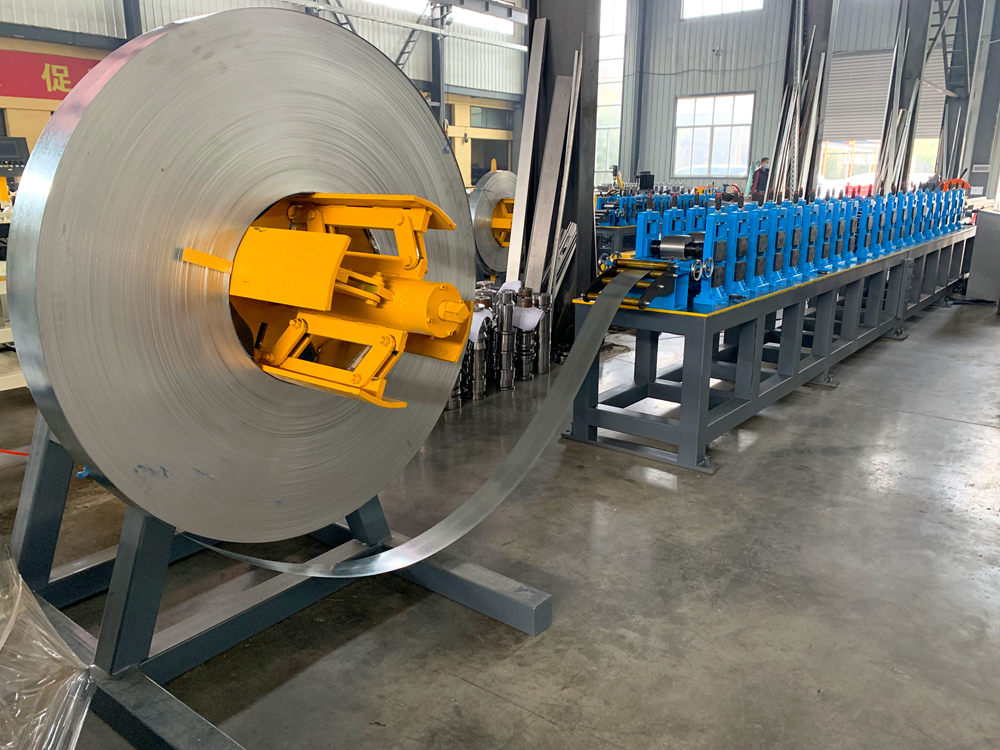The Stainless Steel Tube Mill An Overview
The stainless steel tube mill is a pivotal component of the manufacturing industry, particularly in the production of stainless steel tubes used across various applications such as construction, automotive, and medical devices. The process of manufacturing stainless steel tubes involves multiple sophisticated steps, each essential for ensuring the quality and durability of the final product. This article explores the technology behind stainless steel tube mills, their importance, and the future of this industry.
Understanding Stainless Steel Tubes
Stainless steel tubes are favored for their superior corrosion resistance, high strength, and aesthetic appeal. They are manufactured in various grades of stainless steel, such as 304 and 316, which have differing compositions that impart unique characteristics to the final products. The tubes are widely used in industries that require both strength and resistance to corrosion, including oil and gas, food processing, pharmaceuticals, and water treatment facilities.
The Manufacturing Process
The production of stainless steel tubes typically entails several steps
1. Raw Material Preparation The process begins with large stainless steel coils. These coils are carefully selected based on the desired grade of stainless steel.
2. Forming The coils are then processed through a series of machines that convert them into flat strips. These strips are subsequently formed into tubes using high-frequency welding techniques. The mill’s forming equipment can be adjusted to create tubes of various sizes and wall thicknesses.
3. Welding The most critical step in the tube formation process is welding. In the stainless steel tube mill, the edges of the strips are heated and fused together using high-frequency currents, resulting in a continuous tube. This method is favored for its speed and efficiency, producing solid welds that are critical for performance.
stainless steel tube mill
4. Sizing and Calibration After welding, the tubes undergo sizing and calibration. This step ensures that the tubes meet precise dimensions required for their intended applications. It typically involves passing the tube through a series of sizing rollers that adjust its diameter and wall thickness.
5. Annealing To relieve internal stress and enhance the corrosion resistance of the welded joints, the tubes are subjected to an annealing process. This involves heating the tubes in a controlled environment and then allowing them to cool slowly.
6. Finishing The final steps include polishing, cleaning, and inspecting the tubes. Various finishing techniques are employed, such as passivation to enhance corrosion resistance, and the tubes are tested for mechanical properties and defects to ensure they meet stringent industry standards.
The Importance of Stainless Steel Tube Mills
Stainless steel tube mills play an indispensable role in the global economy. They not only contribute to the supply of essential materials but also support industries that rely on high-quality stainless steel products. The ability to produce tubes in varying sizes and specifications makes tube mills versatile and accommodating to the changing demands of industry.
Moreover, advancements in technology have improved the efficiency and productivity of stainless steel tube mills. Automation and smart manufacturing techniques are now commonplace, resulting in reduced lead times and lower production costs. The integration of data analytics in monitoring the manufacturing process further enhances quality control and operational efficiency.
Future Trends in Stainless Steel Tube Manufacturing
Looking ahead, the stainless steel tube industry is poised for growth fueled by several factors. The push for sustainability has led to increased demand for recyclable materials, and stainless steel meets this criterion excellently. Furthermore, innovations in alloy development are expected to yield even stronger and more corrosion-resistant tubes, broadening their applications.
In conclusion, stainless steel tube mills are fundamental to the production of high-quality tubes that serve a myriad of industries. With continuous advancements in technology and manufacturing processes, the future of stainless steel tubes appears promising, ensuring that they remain a critical resource in various sectors worldwide. The advancement of the industry not only enhances product quality but also contributes to more sustainable manufacturing practices, aligning with global environmental goals.







